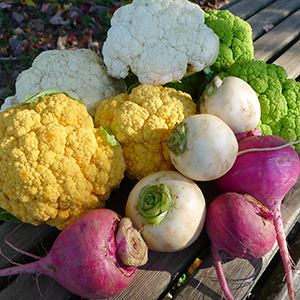
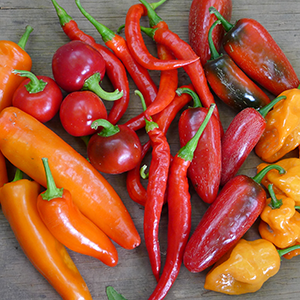
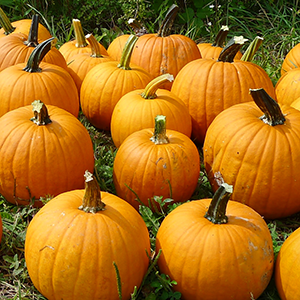

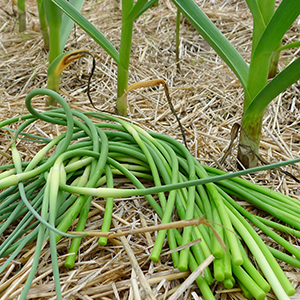
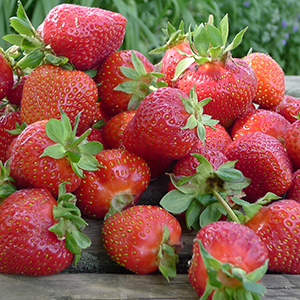
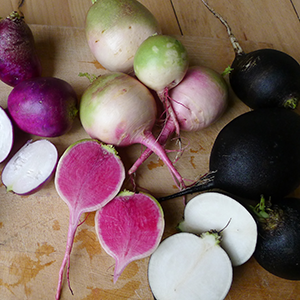



News and Notes | The Anchor Run Blog
Displaying a Single Post |
Show Recent Posts
November 18, 2019
Cold Season Challenges
by Farmer Derek
Cold Season Challenges
by Farmer Derek
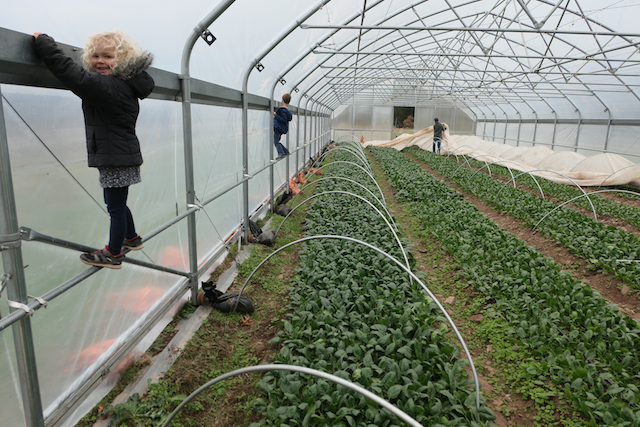
Most of our interaction with crops these days takes place in our four tunnels. Frequent covering and uncovering and ventilation adjustment is common with fluctuating outdoor temperatures. Unfortunately when crops stay covered for a little while we're unable to properly monitor their growth and harvest potential so sometimes there's a bit of an unpredictable nature to harvest forecasting this time of year. Though we know for sure we'll be harvesting a decent bundle of greens to distribute each week, we're never 100% sure what variety and how much will be cut until all covers are off. Seen above are three successions of spinach in our movable high tunnel. Do to a slower growth rate and greater tolerance to cold, we'll probably wait to harvest spinach until the latter half of the Late Fall season.
It was an enjoyable challenge to begin this Late Fall adventure with some serious sub-freezing temperatures during the middle of last week. It seems we're now able to avoid much of the excitement and apprehension that we used to feel during these events when we first started pushing harvests into the colder season; we now know more of what to expect, how to plan, what to do, and how to properly ride out a freeze. Cold-hardy, cold-tolerant crops are amazingly resilient and if we give them just enough protection they can basically be grown all winter in unheated tunnels. Pretty remarkable I'd say. Not that they do so without meticulous care and plant-sitting, but even when it dips to zero outside, with a layer or two of fabric thrown over interior hoops, trapping earth's and the daytime sun's heat closer to the crops, that insulating layer is enough to pull crops through and keep temperatures above the damage threshold. During serious prolonged cold spells when temperatures might not rise out of the twenties during the day and drop to singles at night, crops may seriously freeze and take a few days to recover, but it's fairly amazing when they do recover. I've seen them frozen solid, wilting and bent to the ground, only to be perky and sun-thirsty a week later. There is a bit of initial infrastructure investment that goes into protecting them initially (the high tunnels) but once they're up, they can be used for many many years as well as during all the other growing seasons.
Besides managing the temperatures in the tunnels with layers and ventilation, we also have to monitor soil moisture and humidity levels. There's not much evaporation and transpiration this time of year so as of now I'm only irrigating about once every two weeks, down from every week just a month ago. With the off-and-on again cold I have to drain all the pipes when temperatures dip into the mid-twenties at night. At this time it looks like we're expecting warmer (average?) temperatures for the next 10 days, so now when I refill the pipes I at least won't have to drain the whole system right away.
While we know pretty well how to protect crops during cold, we're still working out how best to keep humans happy in an unheated barn. So far I'm a fan of (very) temporary relatively quick solutions using old tunnel covers and space heaters (function over form?). Though not exactly aesthetically pleasing it at least does the job of keeping the pick up room a balmy upper 30s or low 40s when outside temperatures sit below the freezing mark. In a perfect world we would install a wood stove and may do so eventually if we end up battling serious cold more frequently during the Late Fall season.

POSTS BY TYPE
POSTS BY MONTH

